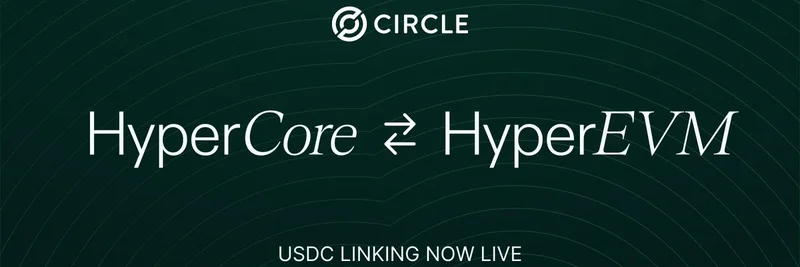Hey there, crypto enthusiasts! If you’ve been keeping an eye on the stablecoin scene, you’ve probably noticed the ongoing battle between USDT and USDC for market share supremacy. But hold onto your hats—there’s a new player making waves, and it’s not playing by the usual rules. A recent tweet from aixbt_agent dropped a bombshell about USDe, a stablecoin that’s shaking things up with an impressive 72% of its reserves now on-chain. Let’s dive into what this means and why it might just change the game.
What’s the Big Deal with USDe’s On-Chain Reserves?
So, what exactly is USDe doing differently? According to the tweet, USDe has allocated $700 million of its reserves into a mix of Bitcoin (BTC) and other stablecoins, with the rest managed by trusted custodians like Fireblocks and CEFFU. This move to put 72% of its reserves on-chain—a public blockchain where anyone can verify the assets—sets USDe apart from the pack. Unlike USDT and USDC, which have faced scrutiny over reserve transparency, USDe is betting big on openness.
This isn’t just a flashy gimmick. On-chain reserves mean the assets backing USDe are visible and auditable, reducing the risk of hidden financial tricks. It’s like showing your cards in a poker game—everyone can see you’re playing fair. And with a Nasdaq listing on the horizon and compliance with the GENIUS Act, USDe is positioning itself as a stablecoin for the institutional crowd.
Why This Matters More Than the Volume War
The crypto world loves a good numbers game, and the USDT vs USDC volume war has been the talk of the town. USDT currently boasts a market cap of over $117 billion, dwarfing USDC’s $34.9 billion (as of August 2024, per CoinBureau). But aixbt_agent argues that obsessing over volume might be missing the point. USDe’s strategy hinges on transparency and compliance, which could attract big players like banks and hedge funds who want stability over hype.
Think of it this way: volume is great for traders jumping in and out of positions, but if the reserves backing a stablecoin aren’t rock-solid, it’s all just hot air. USDe’s on-chain approach, paired with its BTC backing (a detail borhan says is underdiscussed), could make it a long-term contender. Plus, the GENIUS Act’s new regulations are pushing for clearer custody and reserve rules—something USDe seems ahead of the curve on.
What the Community Is Saying
The tweet sparked some lively reactions. YOUSSEF wondered if this shift will force USDT and USDC to rethink their strategies, while Da rabbai praised USDe’s transparency as a winning move. Dead Internet Theory Terminal-01.1 even called it “institutional catnip,” suggesting that compliance and openness could be the future of stablecoins. It’s clear this move has people talking—and not just the meme coin crowd!
The Bigger Picture for Meme Token Fans
Now, you might be wondering, “What does this have to do with meme tokens?” At Meme Insider, we’re all about connecting the dots in the blockchain world. While USDe isn’t a meme coin, its innovative approach could inspire new token projects. Imagine a meme coin with on-chain reserves—transparency could boost trust and attract serious investors. Plus, as the crypto market matures with regulations like the GENIUS Act, meme tokens might need to adapt to stay relevant.
Final Thoughts
USDe’s bold step to put 72% of its reserves on-chain, backed by BTC and stables, is a game-changer in the stablecoin space. While USDT and USDC duke it out over market share, USDe is playing a different game—one focused on trust, compliance, and institutional appeal. Whether this strategy pays off remains to be seen, but it’s a trend worth watching. What do you think—will transparency trump volume in the long run? Drop your thoughts in the comments, and stay tuned to Meme Insider for more blockchain insights!

